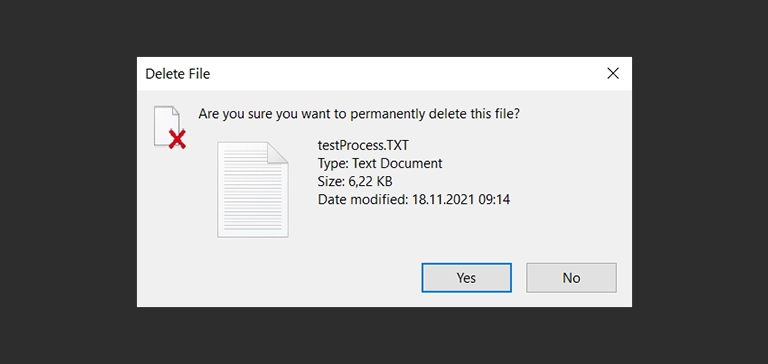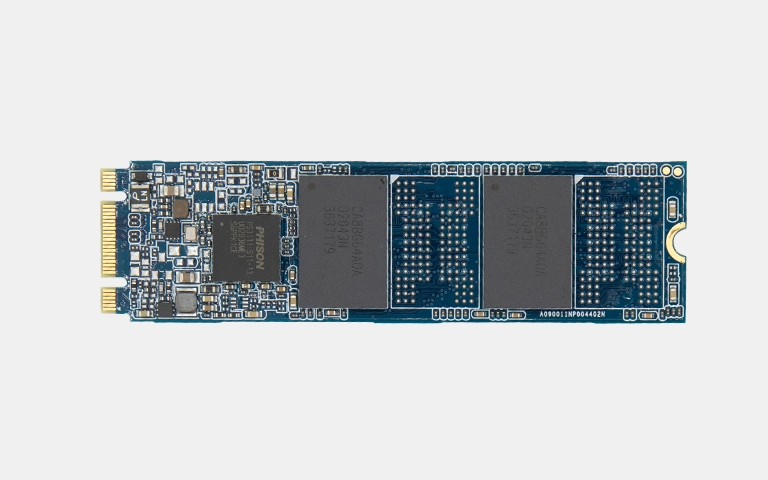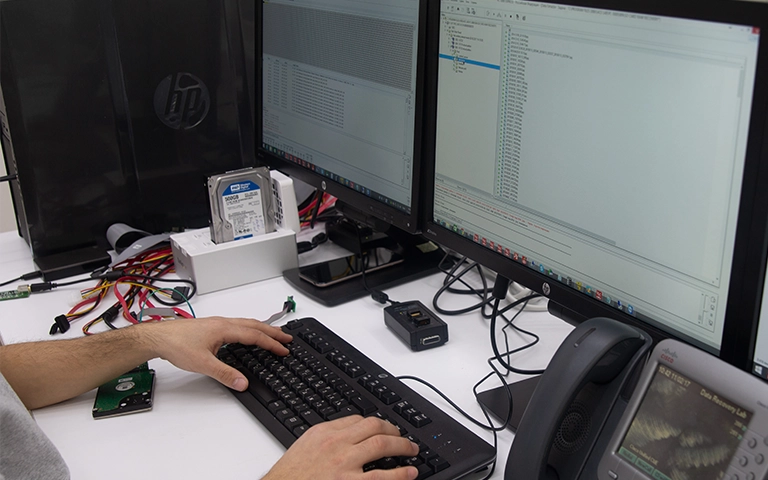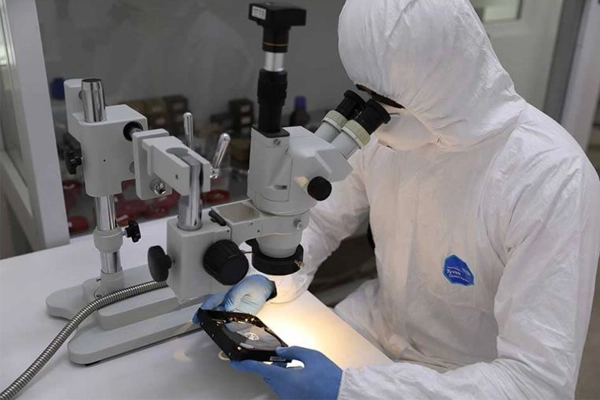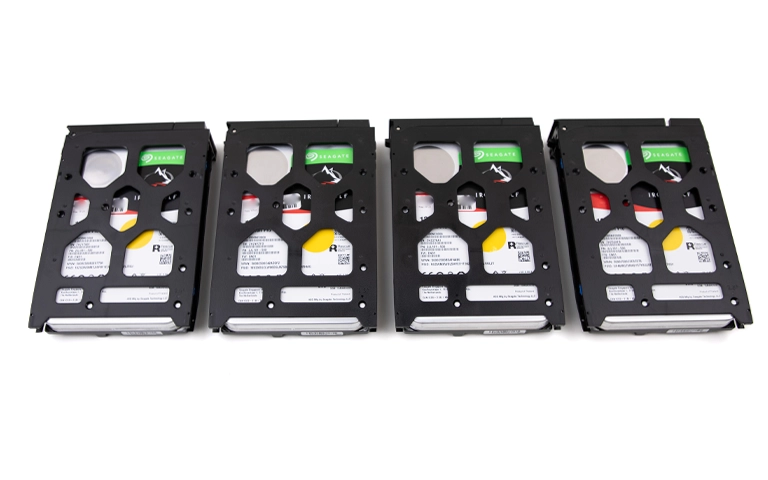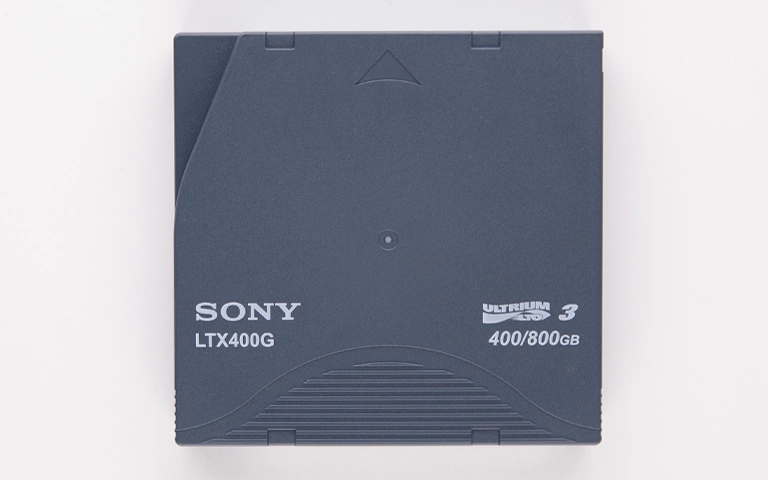Accidentally deleting important files from a hard drive, or formatting a partition unintentionally, is a common and stressful situation. Whether a misclick or an emptied Recycle Bin, the immediate worry is data loss. Fortunately, deleting files doesn’t always mean immediate erasure. However, your next actions are critical for success when attempting to recover deleted files from your hard drive. This guide explains how deletion works, risks, and the safest steps for deleted files recovery.
Can Deleted Files Be Recovered from a Hard Drive?
Yes, deleted files can often be recovered from traditional Hard Disk Drives (HDDs) if their physical space hasn’t been overwritten by new data. Recovery is much harder on Solid State Drives (SSDs) due to the TRIM command actively clearing deleted data blocks. Success heavily depends on stopping drive use immediately.
CRITICAL First Step: Stop Using the Drive Immediately!
This is the single most important action after realizing files are deleted. Stop all activity on the affected hard drive right away. This is crucial to prevent overwriting data and preserve the chances of recovery.
Understanding the Overwriting Risk
When files are deleted on most systems (especially HDDs), the operating system removes the file’s pointer and marks the space as “available.” The actual data remains physically on the drive platters until new data is saved into that specific physical location, overwriting it. Continued use drastically increases this risk:
Saving new documents or files.
Installing any software (even recovery tools!).
Browsing the internet (cache files).
Running programs that write temporary files.
Background operating system tasks.
If files were deleted from your main OS drive (C: drive), the risk is even higher. Minimize use or safely shut down the computer. Every new byte written could permanently destroy the data you hope to recover.
How Recovery Potential Differs: HDD vs. SSD
Your type of storage drive significantly impacts the possibility and methods to recover deleted files:
Traditional Hard Disk Drives (HDDs)
HDDs are generally more forgiving immediately post-deletion. Since they don’t actively erase data blocks when files are deleted, deleted files recovery chances are higher if overwriting is avoided. Specialized software or professional techniques can often scan the raw drive space for the remaining file data.
Solid State Drives (SSDs)
SSDs use TRIM and Garbage Collection features.
-
TRIM Command: When a file is deleted on an SSD with TRIM active, the OS informs the SSD controller the blocks are free. The controller can then erase these blocks proactively.
-
Impact on Recovery: Consequently, deleted data on an SSD is often wiped quickly and permanently. This makes SSD data recovery very difficult, often impossible through standard means. Professional intervention using advanced techniques offers the only slim possibility.
Risks of Using DIY Data Recovery Software
While searching for data recovery software is common, DIY attempts carry significant risks:
Risk of Overwriting: Never install recovery software onto the same hard drive you need to recover files from. Installation writes data and can overwrite the deleted files. Install on a separate drive or run from bootable media. This is a major data recovery software risk.
Ineffective Tools: Many free tools are limited, failing with formatting, corruption, or partial overwrites.
False Positives & Corruption: Listed files might recover as corrupted or incomplete due to partial overwriting.
Complexity & User Error: Misunderstanding options can lead to mistakes or further file system damage.
Malware Risk: Untrusted free software sources can bundle malware.
If data is critical, DIY attempts are risky. Incorrect use can impede professional efforts to recover deleted files.
When is Professional Data Recovery the Safer Choice?
Professional services are strongly recommended or essential in these scenarios:
-
SSD Data Recovery: TRIM makes DIY recovery highly unlikely.
-
Recover Formatted Hard Drive: Rebuilding file structures after formatting requires professional tools and expertise.
-
Data Partially Overwritten: Professionals might carve out file fragments if the drive was used post-deletion.
-
Suspected Physical Issues: If the drive makes noise, is slow, or was dropped, software is useless/harmful. Physical repair/recovery is needed first.
-
Critical/Irreplaceable Data: When the risk of DIY failure is unacceptable.
-
Complex Scenarios: Unusual file systems, encryption, or severe partition loss.
-
User Uncertainty: If uncomfortable with the technical steps and risks of DIY methods.
Professionals use controlled methods to maximize safe recovery chances when you need to recover deleted files from a hard drive.
Your Data Security Is Our Priority
Data privacy isn’t optional. It’s our commitment. Our secure recovery process ensures your sensitive information stays protected from start to finish.
HIPAA Compliant
GDPR Compliant
Secure Facility
NDA Available
Trust in certified security. Start your recovery today! Call Now: 888.611.0737
The Professional Process to Recover Deleted Files from a Hard Drive
When you engage a professional data recovery service like PITS Data Recovery for deleted file recovery, the process typically involves:
- Drive Evaluation: Assessing the drive’s condition (checking for physical issues alongside the logical deletion).
- Drive Imaging (Cloning): Creating a sector-by-sector copy (image) of the patient drive onto stable lab media. All recovery attempts are performed on this clone, protecting your original drive from further stress or potential data loss during the recovery process.
- Logical Analysis: Using specialized hardware and software far more powerful than commercial tools to scan the drive image for deleted file signatures, fragmented data, and previous file system structures.
- File System Reconstruction: If the drive was formatted or the file system is damaged, engineers attempt to rebuild the original directory structure.
- Data Carving: Searching the raw data for specific file types based on their headers and footers, even if file system information is missing.
- Data Verification & Extraction: Validating the integrity of recovered files and extracting them to a new, healthy destination drive.
This careful process helps maximize recovery success while reducing risk. To learn more about our approach, visit our Recovery Process page. For general information, see our Hard Drive Data Recovery page.

Prevention: The Best Strategy
Preventing data loss is always preferable to recovery. Regularly backing up important files using the 3-2-1 strategy (3 copies, 2 media types, 1 off-site) protects against accidental deletion, hardware failure, and more.
Get a Free Consultation.
Our recovery experts are ready to assess your device and guide you through the safest path to recovery. Fill out the form to get started.
"*" indicates required fields
Conclusion: Act Fast, Act Smart When Files Disappear
Accidental deletion of files is stressful, but quick, correct action is key. Remember:
STOP Using the Drive: Priority one to prevent overwriting data.
Know Your Drive: Recovery differs for HDDs vs. SSDs (SSD data recovery is harder).
Beware DIY Software Risks: Especially overwriting; never install on the affected drive.
Seek Professional Help: Safest choice for critical data, SSDs, formatted drives, or uncertainty when you need to recover deleted files from a hard drive.
Don’t gamble with irreplaceable data. Contact PITS Data Recovery for evaluation to safely recover deleted files from your hard drive. Our Overview of Common Hard Drive Problems provides more context.


